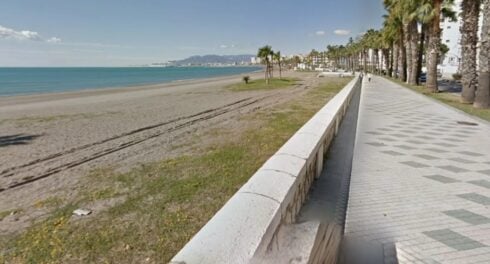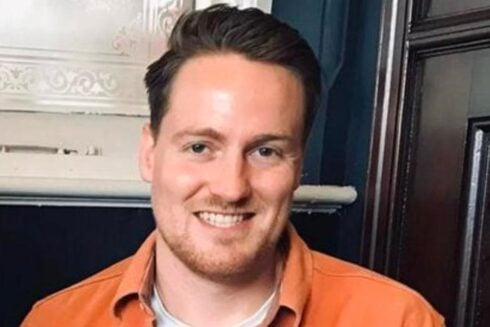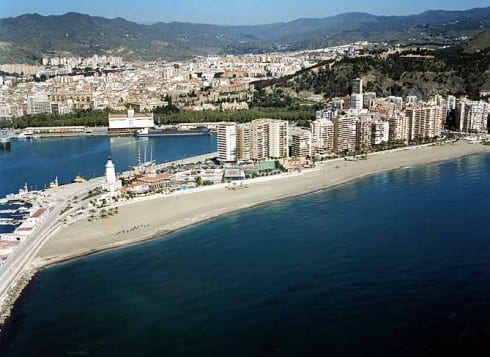THE Spanish priest who was diagnosed with Ebola in Sierra Leone has died in a Madrid hospital.
Manuel Garcia Viejo, 69, is now the second Spanish missionary to die from the virus, after he contracted it while working as a medical director at a hospital.
A statement from the Carlos III hospital announced his death last night.
Doctors had been considering other methods of treatment after revealing there were no more samples of experimental drug ZMapp in the world.
The company which produces ZMapp, Mapp Biopharmaceutical, said the drugs supplies are exhausted and that another batch will take months, reported the Associated Press.
The first Spanish priest to contract Ebola, this time in Liberia, died in Madrid in August despite being treated with ZMapp.
The Ebola outbreak in West Africa is the world’s deadliest to date and the World Health Organisation has declared an international health emergency.
So far this year, more than 2,500 people have died of the virus in Guinea, Liberia, Sierra Leone and Nigeria.
There have been Ebola scares in Alicante and Malaga, but both cases were given the all clear after an initial warning.
Click here to read more News from The Olive Press.





